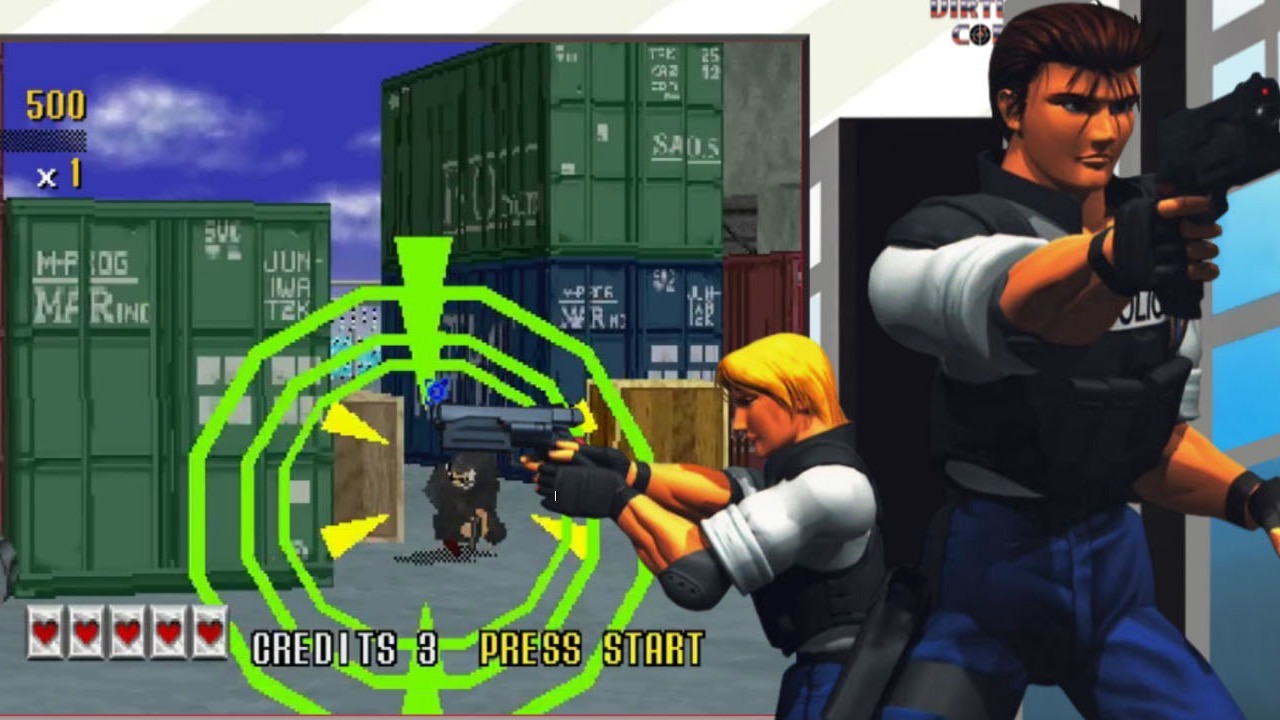Before VR headsets and motion controllers took over living rooms, light gun games were the ultimate way to step inside the action. With a plastic gun in hand and a glowing CRT screen before you, you weren’t just playing — you were there, dodging bullets, saving hostages, and testing your reflexes in real time.
Between the 1980s and early 2000s, light gun games ruled both arcades and living rooms. They offered immersion, competition, and satisfaction that few genres could match.
At Oldies Nest, we’re revisiting the best light gun games ever made — the titles that defined eras, shaped technology, and left an undeniable mark on gaming history.
The Origins of Light Gun Gaming
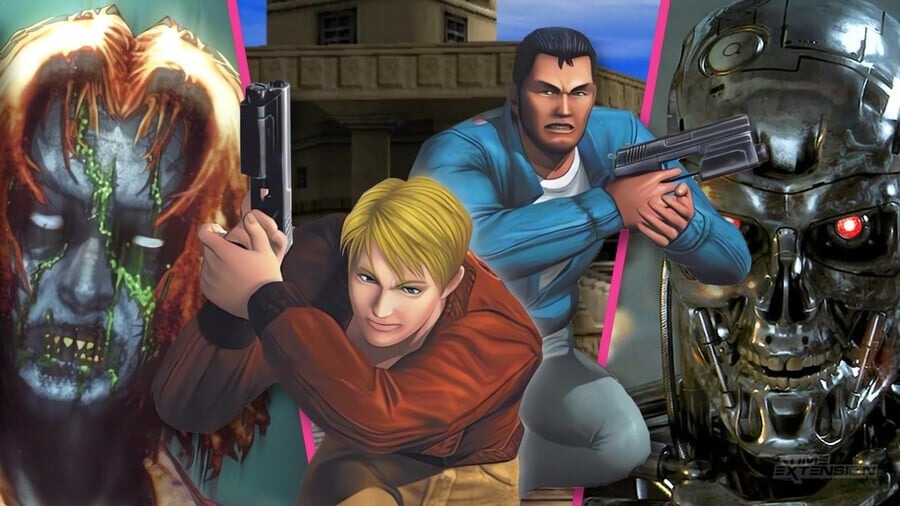
Long before Time Crisis or House of the Dead, the concept of shooting light at targets was already decades old.
- 1930s: Mechanical “light shooting” booths used photo sensors to register hits.
- 1970s: The idea evolved into early video game technology, most notably with the Magnavox Odyssey (1972), which introduced the first home console light gun — the Shooting Gallery.
- 1980s: Arcades exploded in popularity, leading to the true golden age of light gun gaming — right alongside The Golden Age of Arcades: 1980–1985.
Duck Hunt (NES, 1984) — The Home Console Icon

No conversation about light gun games begins anywhere else.
- Hardware: NES Zapper
- Objective: Shoot ducks before they fly off-screen.
- Legacy: Bundled with the NES in North America, Duck Hunt turned every living room into a shooting gallery.
The NES Zapper wasn’t just a controller — it was a statement. Simple, accurate (on CRTs), and iconic in design, it made players feel part of the game. As explored in Why the NES Controller Became the Standard, Nintendo’s mastery of intuitive input devices changed how people interacted with games forever.
Hogan’s Alley (NES, 1984) — Reflexes and Recognition
Released the same year as Duck Hunt, Hogan’s Alley added complexity to the formula.
- Concept: Targets pop up quickly — shoot the criminals, spare the innocents.
- Innovation: Introduced memory, timing, and pattern recognition to shooting gameplay.
- Legacy: One of the first games to blend fast reactions with strategy.
It was less about pulling the trigger and more about thinking fast, foreshadowing the genre’s later shift toward tactical shooting.
Operation Wolf (Arcade, 1987) — War in the Arcade
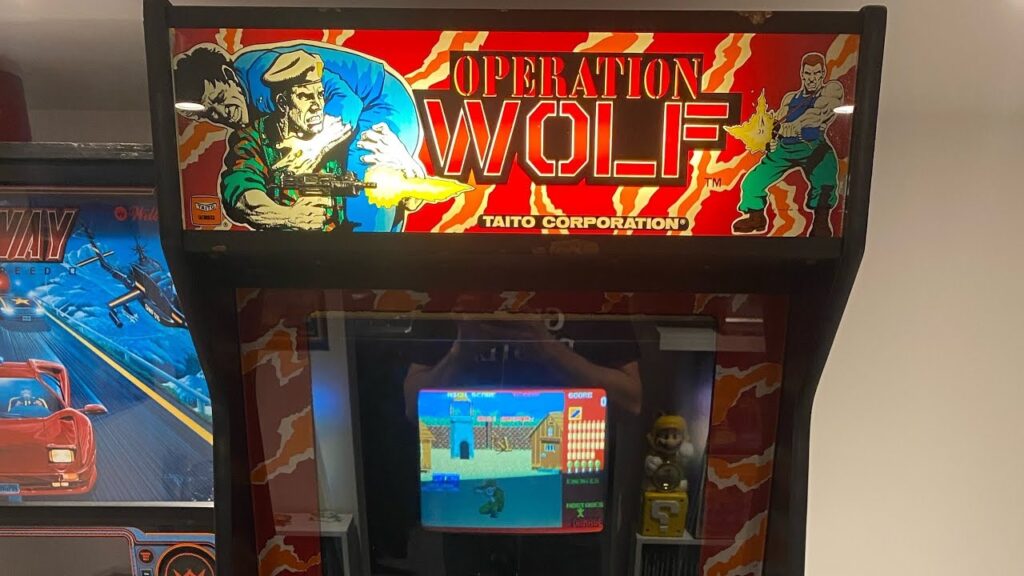
Taito’s Operation Wolf redefined what a light gun game could be.
- Hardware: Mounted Uzi-style gun controller that rumbled with every shot.
- Gameplay: Rescue hostages, destroy enemy bases, and survive waves of foes.
- Innovation: Added story-driven missions and resource management (ammo, grenades).
This was the first time players felt the tension of battle — physical recoil, endless enemies, and arcade sound that filled the room. It was an experience that bridged action movies and interactive entertainment.
Lethal Enforcers (Arcade, 1992) — Realism and Controversy
Konami’s Lethal Enforcers brought photo-realistic graphics to arcades and home consoles.
- Visuals: Digitized actors and locations created unprecedented realism.
- Controllers: Iconic bright blue and pink revolvers.
- Impact: Sparked debates about violence in games, helping lead to the ESRB rating system.
The controversy only made it more popular — proving that realism and controversy could sell, a marketing principle also seen in Sega vs. Nintendo: Ads That Fueled the Console Wars.
Virtua Cop (Arcade/Sega Saturn, 1994) — The 3D Revolution
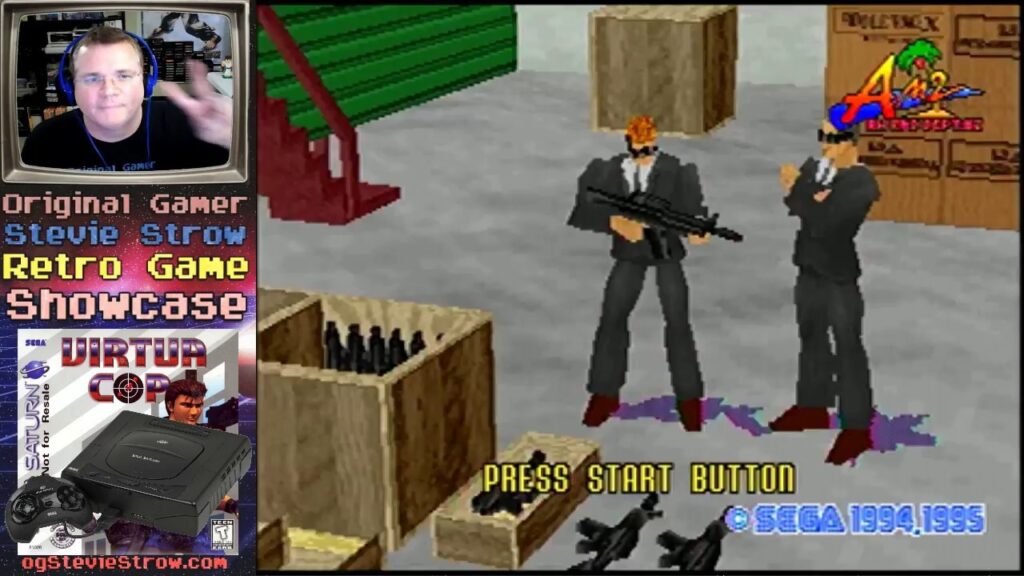
When Sega launched Virtua Cop, the light gun genre officially entered the polygon era.
- Developer: Sega AM2
- Innovation: Fully 3D enemies and environments — a first for light gun games.
- Gameplay: Players targeted enemies via hit zones (arms, chest, head), introducing “precision shooting.”
- Legacy: Influenced nearly every light gun game that followed, including Time Crisis and Resident Evil: Survivor.
Sega’s technological bravado mirrored its brand identity at the time — bold, flashy, and built for the arcade crowd.
Time Crisis (Arcade/PlayStation, 1995) — Cover, Reload, Repeat
Developed by Namco, Time Crisis redefined interactivity with a single pedal.
- Core Mechanic: Step on the pedal to pop out and shoot; release it to take cover and reload.
- Experience: The tension of timing, ducking, and returning fire created heart-pounding moments.
- Legacy: Became the gold standard of light gun gameplay for over a decade.
No game combined physical motion and reflex play quite like Time Crisis. It wasn’t just shooting — it was choreography.
The House of the Dead (Arcade/Sega Saturn, 1996) — Zombies, Gore, and Glory
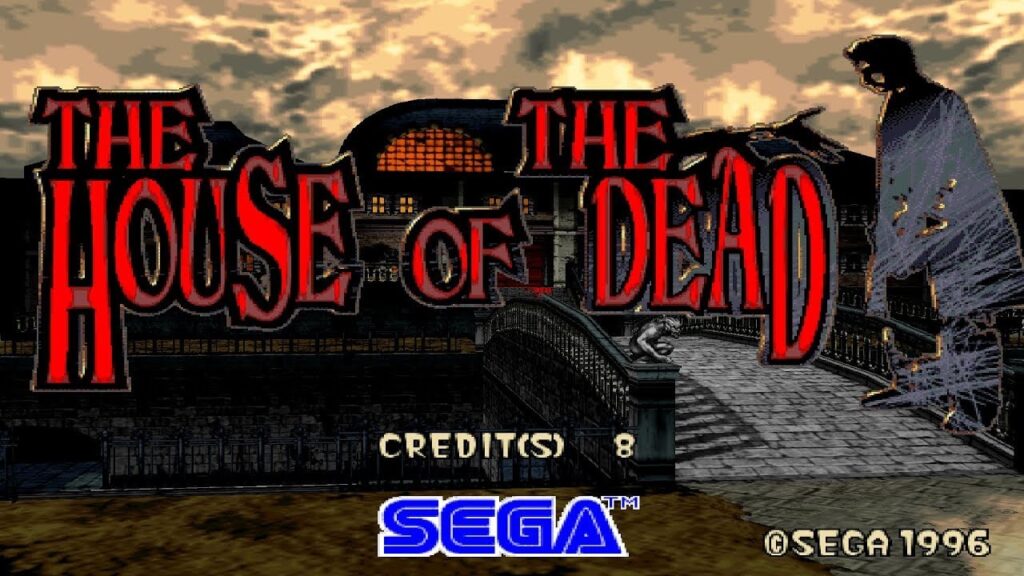
Sega’s The House of the Dead brought cinematic horror to light gun gaming.
- Genre: Horror / Shooter hybrid
- Visuals: Over-the-top gore and campy voice acting — gloriously 90s.
- Legacy: Spawned sequels, films, memes, and the enduring “Typing of the Dead.”
With its branching paths and frantic pace, House of the Dead gave players replayability — something rare in arcade shooters. It turned arcade action into an event.
Point Blank (Arcade/PlayStation, 1994) — Fun for Everyone
While other games went gritty, Namco took the opposite approach.
- Concept: Mini-games with cartoonish visuals and quick reflex tests.
- Appeal: Accessible to all ages, hilarious to play in groups.
- Legacy: Proof that light gun games could be joyful, not just intense.
It kept the genre alive by blending humor and skill — a mix few games have replicated since.
Silent Scope (Arcade, 1999) — Precision and Immersion
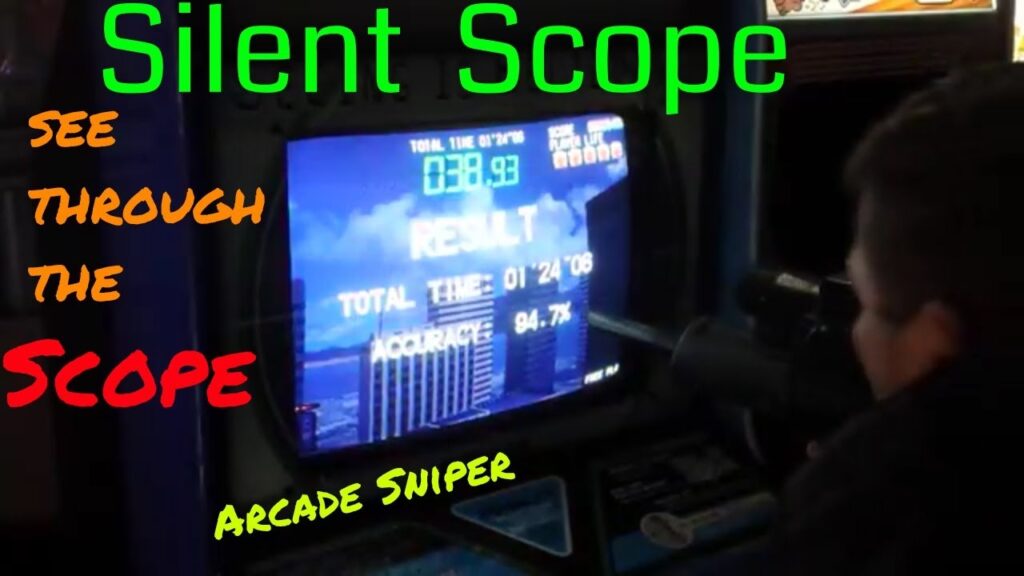
Konami once again innovated by introducing Silent Scope, a sniper simulation game that used a mounted rifle with a working scope.
- Hardware: Dual-screen design — one screen for the full view, one inside the rifle’s scope.
- Experience: Players zoomed in on enemies, breathing steady before each shot.
- Impact: Elevated the feeling of realism and control beyond traditional arcade shooters.
It was one of the final milestones before CRTs began to disappear — and with them, true light gun compatibility.
Why Light Gun Games Faded Away
Light gun games depended on CRT displays to detect shots. When LCD and plasma TVs replaced them, the classic technology stopped working.
Attempts to recreate the magic with motion controls (like the Wii Remote or PlayStation Move) were fun but never quite the same. The instant feedback, the tactile recoil, the sound of a coin dropping into an arcade slot — all of it belonged to a specific time and place.
CRTs remain vital for anyone who wants to experience these games the way they were meant to be played.
The Collector’s Perspective in 2025
Light gun games are now prized artifacts among retro collectors.
- NES Zapper: A staple of 80s nostalgia, easy to find but hard to use without a CRT.
- Sega Menacer & Saturn Stunner: Rarer, valued for their bold design.
- Namco GunCon: Still the gold standard for precision on the original PlayStation.
- Arcade Boards: Time Crisis 2 and House of the Dead 2 cabinets can fetch thousands today.
Collectors love the physicality of the experience — setting up the gun, calibrating aim, and hearing that perfect CRT pop as the screen flashes white.
Conclusion: Pulling the Trigger on Nostalgia
The best light gun games weren’t just about shooting pixels — they were about immersion, rhythm, and connection.
They turned the player’s body into part of the game, a precursor to today’s VR experiences. From Duck Hunt’s simplicity to Time Crisis’ intensity, light gun games bridged technology and emotion, skill and instinct.
Even as modern displays evolve, their legacy survives through emulators, restoration projects, and the passion of retro fans who keep the CRTs humming and the plastic guns clicking.
For anyone who grew up aiming at the screen and holding their breath before the final shot, the light gun era was — and always will be — gaming at its purest.
